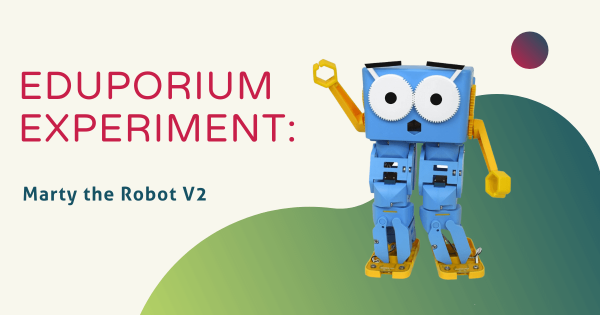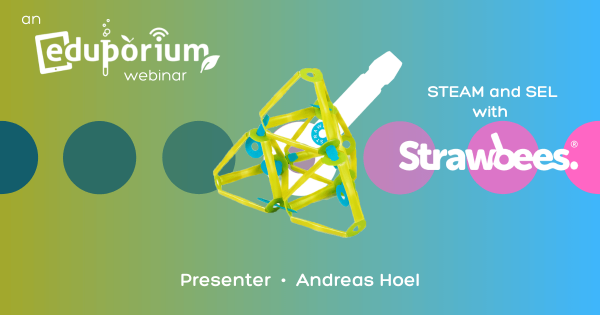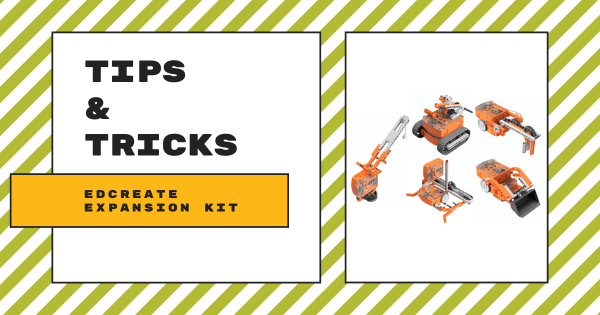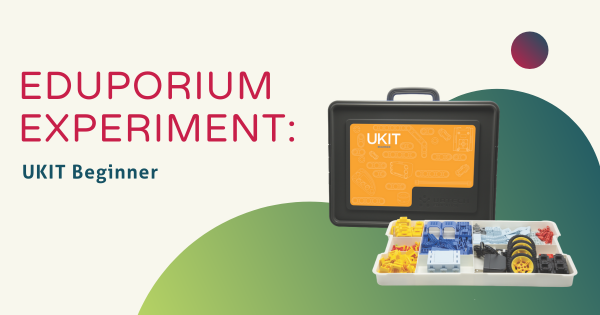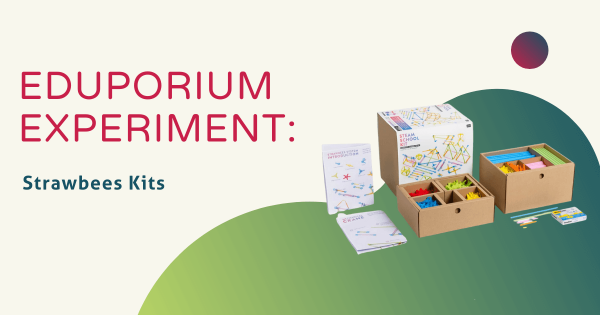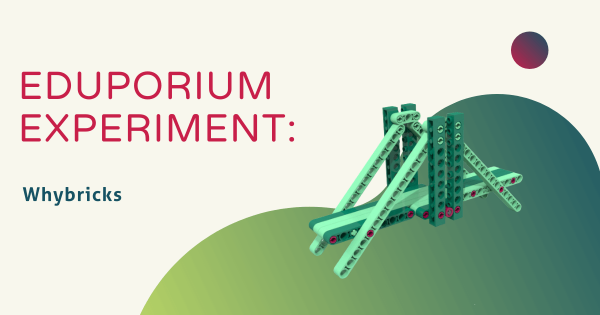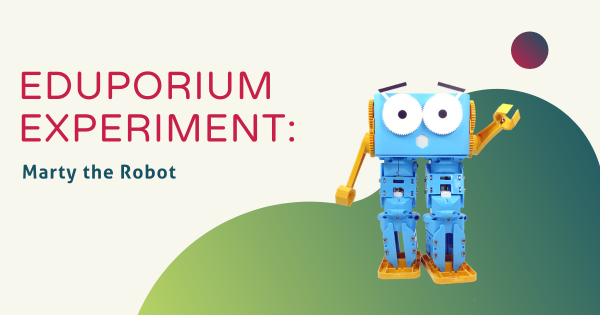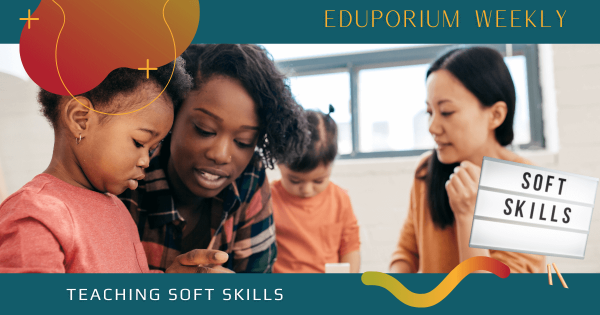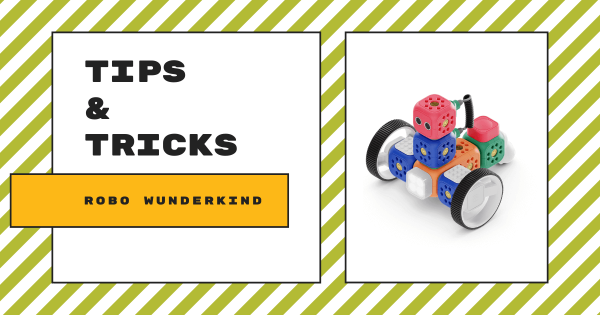The Marty V2 is ideal for students in Grades K-8 since they can easily build their bots themselves. This helps teachers incorporate in-class engineering experiences as well as enabling children to better connect their heads and hands throughout that building process. Once it is built, students can then explore opportunities for different types of coding with this compact robot.
Engineering
-
Eduporium's Webinar On Using Strawbees In STEAM And SEL
Access the full replay of our webinar with the Strawbees team, including all the noteworthy nuggets we shared about the versatile Strawbees invention kits, STEAM learning, and SEL. You’ll also learn about using the Strawbees hardware and content in SEL lessons, providing building materials for each student, and navigating Strawbees Classroom to extend STEAM projects. -
Tips & Tricks | The Edison Robot EdCreate Expansion Kit
The EdCreate Expansion Kit for enhancing Edison Robot STEAM projects helps students focus on construction with its 115 building parts, including blocks, gears, wheels, pegs, and more that are each compatible with both the Edison and LEGOs. The kit also includes classroom project guides and instructional videos that show students how to construct the five EdBuilds. -
Eduporium Experiment | UKIT Beginner
Known simply as the UKIT, there are three versions currently on our store: the Beginner, Intermediate, and Advanced kits. The basis of each of these UBTECH robotics kits, including the Beginner Kit, is that students use the pieces, which include wheels, servo motors, connecting cables, and other plastic hardware, to build programmable models using interactive guides. -
Eduporium Experiment | The Strawbees Kits
The Strawbees STEAM kits can add value to all learning environments, allowing students to explore their creativity and bring their ideas to life through hands-on building and trial and error. Students can learn about everything from shapes and geometry to constructing bridges, designing 3D models, or building flow, block, or text programs in Strawbees Code. -
Eduporium Experiment | Lessons On Engineering With Whybricks
The Whybricks kit is very affordable and designed for children as young as eight years old. It ships in an organized box with 2,100 pieces—enough for kids to divide up among as many as 20 of them. The system is built on the premise of using hands-on building blocks to help students develop and it includes both in-depth project guides -
Terri Bradley from San Joaquin ES Awarded August Grant
Once she settles in to the new school year, Terri is committed to advancing STEAM opportunities for her students. She has a number of lesson plans in mind, including challenging students to find similarities and differences in projects each of them design, helping students deepen their understanding of curricular objectives, and boosting SEL strength. -
Eduporium Experiment | Marty the Robot
Whether new to robotics or simply eyeing a new challenge, Marty can be used in all types of STEAM lessons, including both individually and collaboratively. With the Marty, students can learn all sorts of STEAM concepts, like electronics, mechanical engineering, and even some of the more advanced coding languages! -
Eduporium Weekly | It's Not that Hard to Teach Soft Skills
The hands-on, physical skills students build through experiences are commonly referred to as hard skills and they’re certainly valuable to their futures. What about soft skills, though? What are they, why are they so widely talked about, and what can K-12 teachers do to help make sure their students develop these beneficial skills, too? -
Tips & Tricks | Robo Wunderkind + Coding Apps
The Robo Wunderkind line allows early education students to get hands-on with building and programming robots. Designed for kids as young as five years old, each of the three kits feature constructible components for building robots. Once they build the robot they want, kids can program them using one of three mobile apps.




